Event
Formula 2 2024 season: Strategy, a race start issue and dirty air make for a unique weekend in Austria
by Valentin Khorounzhiy
7min read
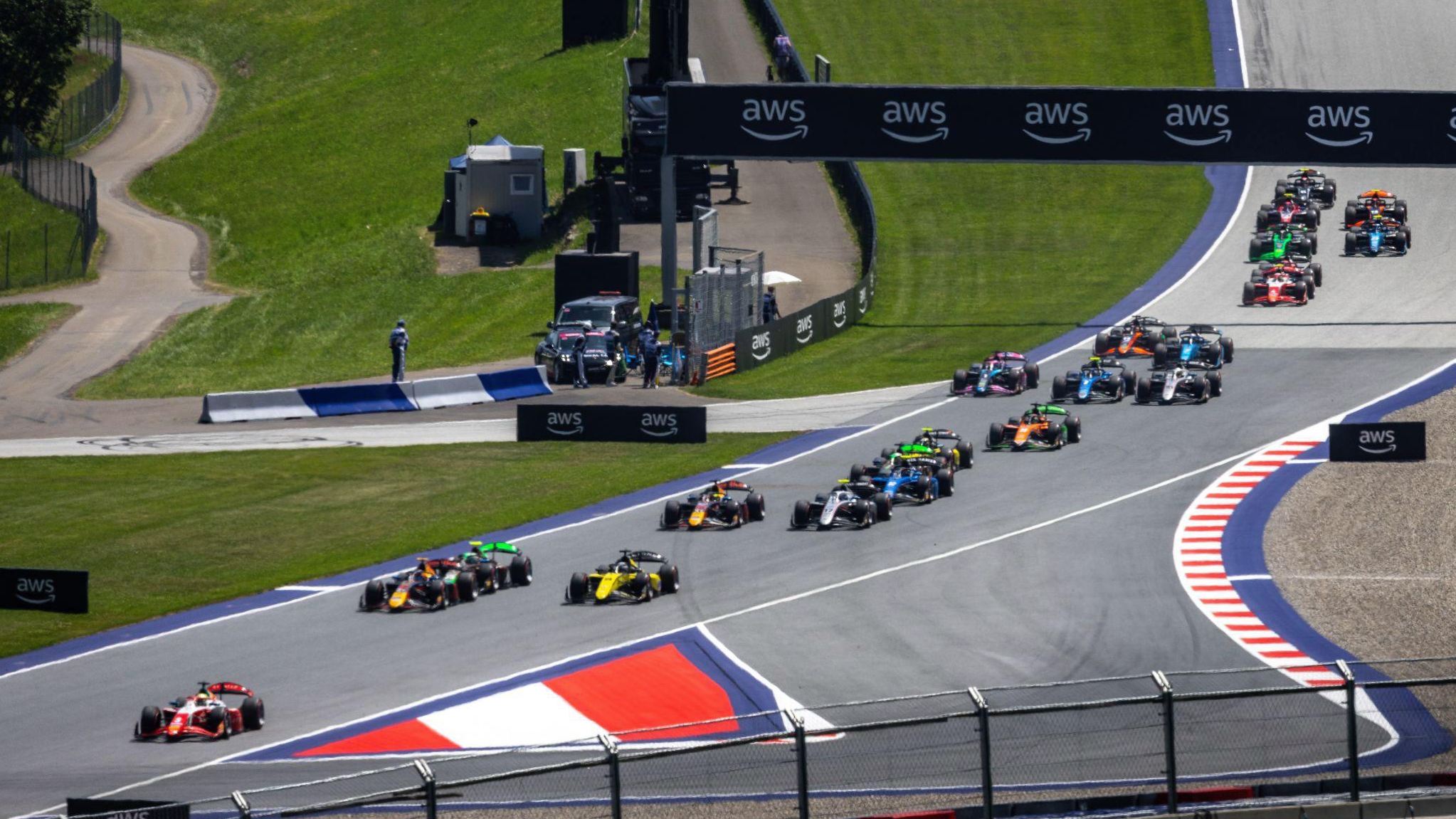
The shortest track on the Formula 2 calendar in terms of laptime but not the actual length of the lap, the Red Bull Ring – which hosted round seven of the 2024 season – is both more of a conventional challenge than that suggests, yet still extreme in its own right.
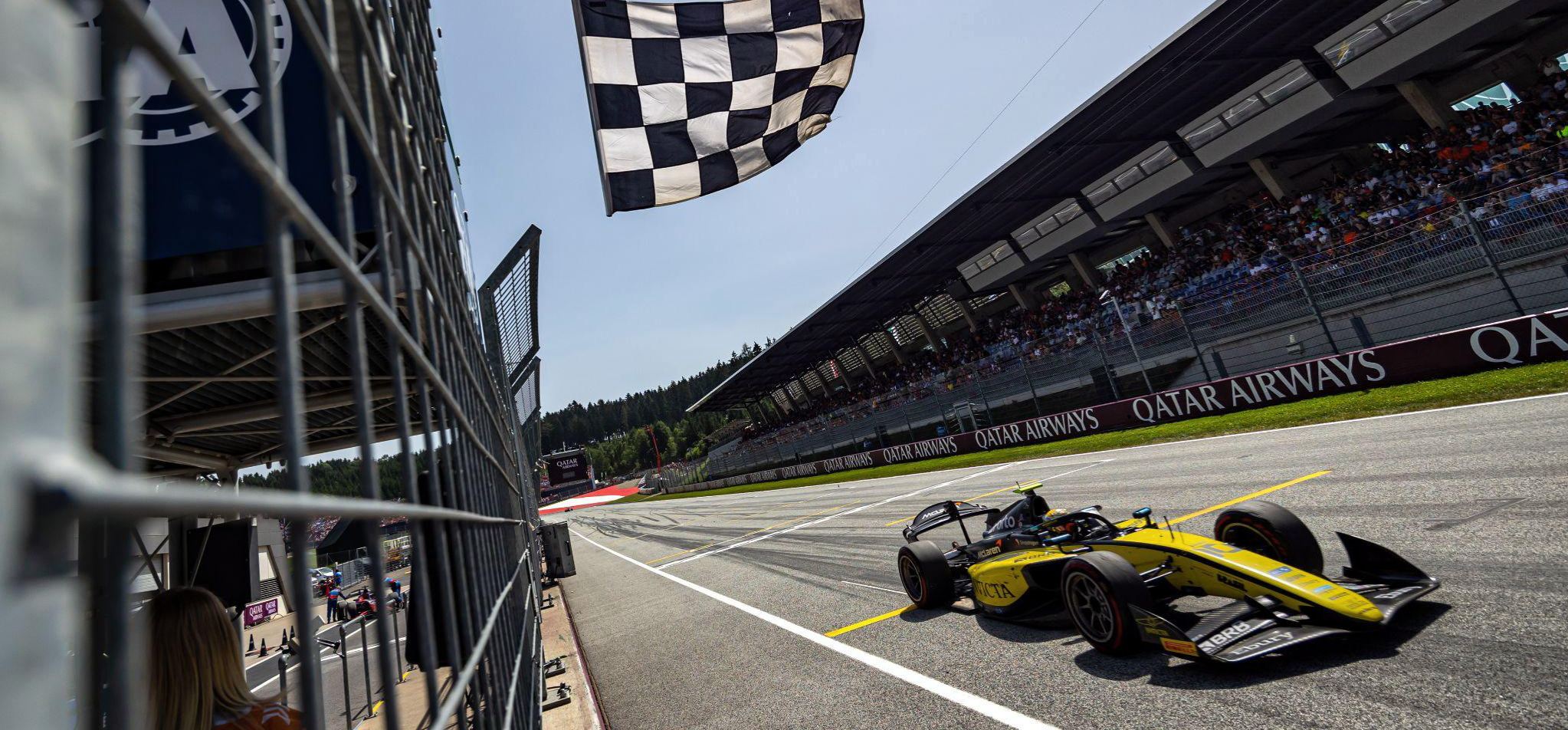
Invicta Racing’s Gabriele Bortoleto takes the chequered flag to win the Austrian F2 feature race
How does one strategy supersede another in Austria?
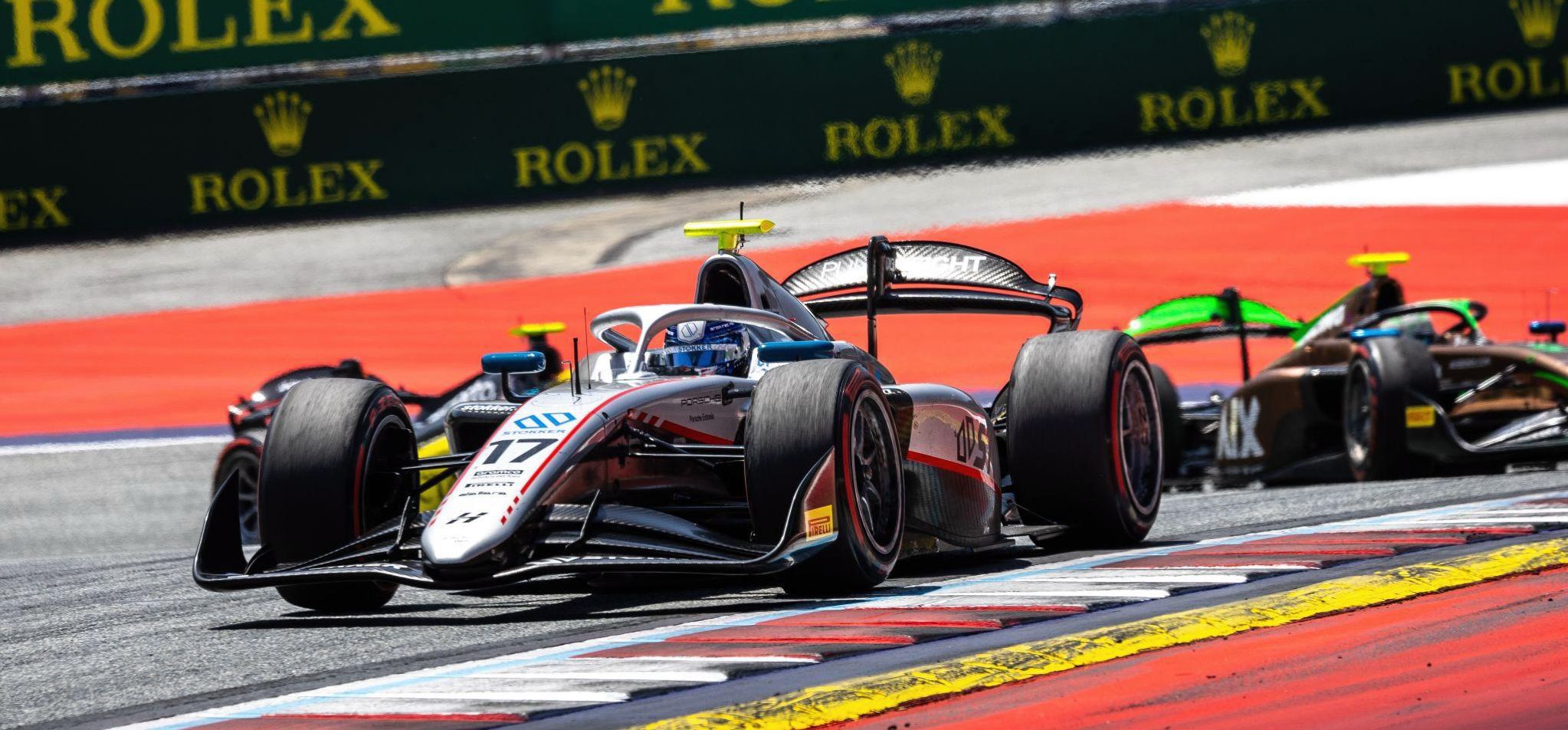
F2 championship leader Paul Aron (Hitech) using the soft tyres during the F2 sprint race at the Red Bull Ring

MP Motorsport’s Franco Colapinto makes a pitstop during the F2 feature race in Austria
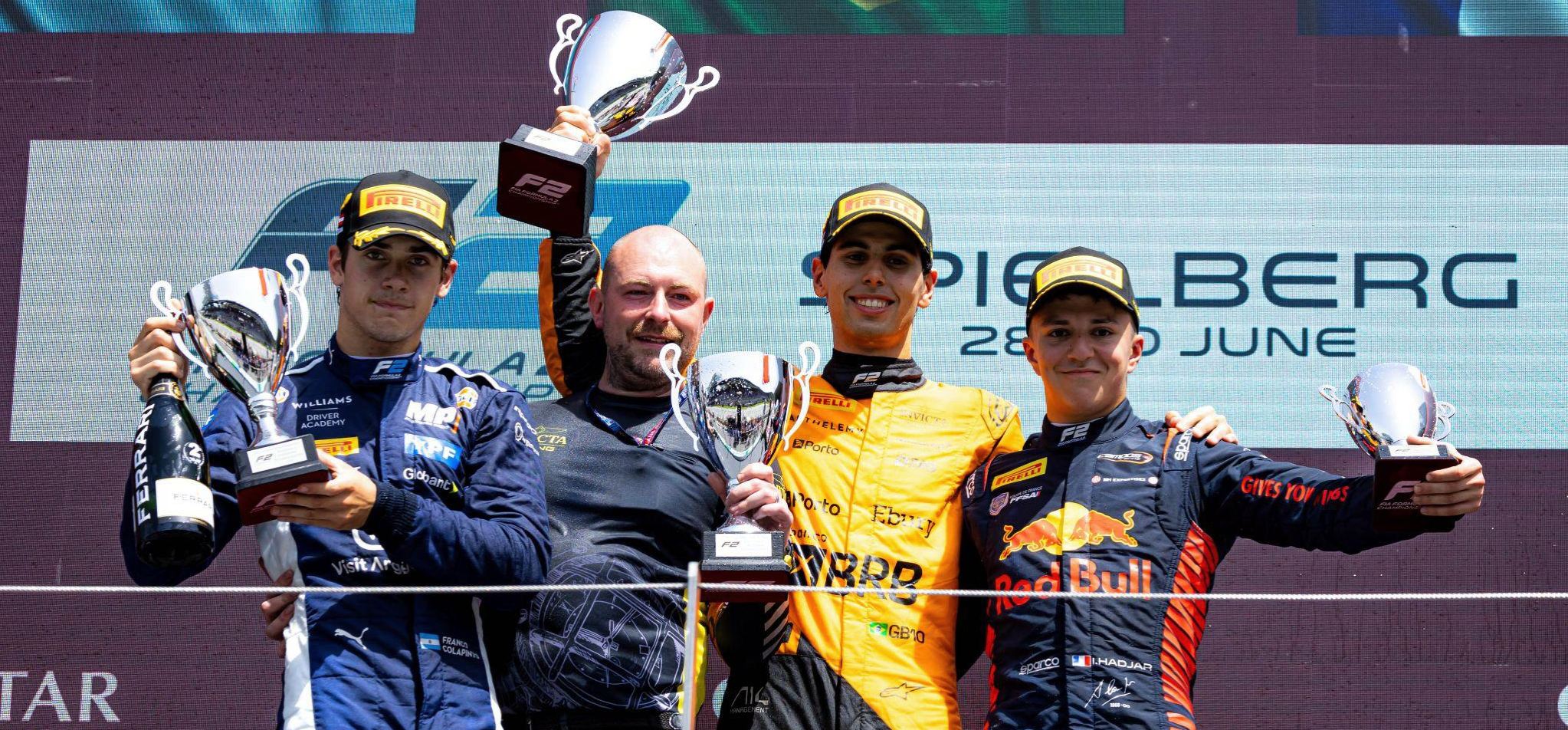
Second-placed driver Franco Colapinto (L), feature race winner Gabriele Bortoleto (centre) and third-place finisher Isack Hadjar (R) on the podium in Austria
F2 race starts – The risk-reward of the clutch
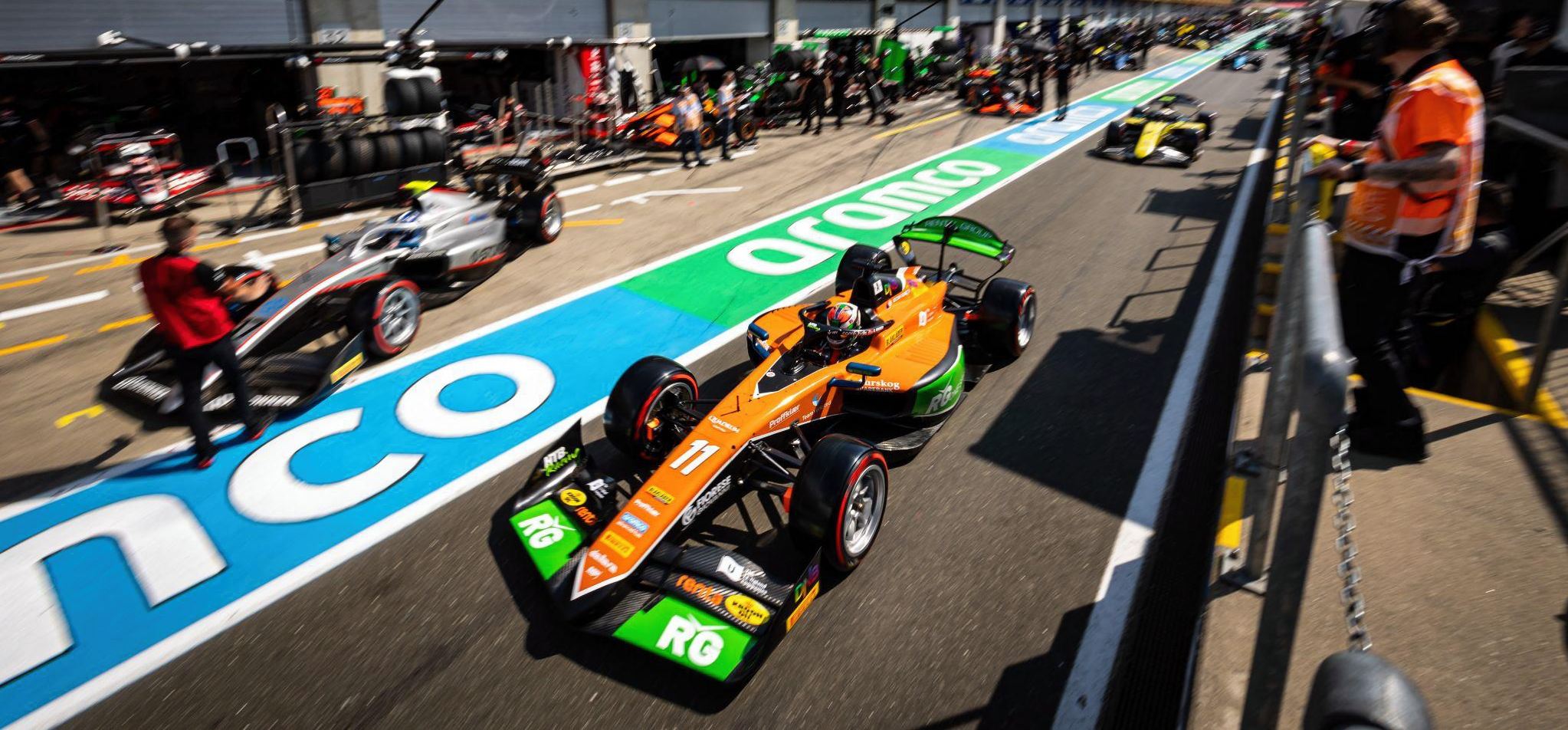
MP Motorsport driver Dennis Hauger in the crowded pitlane during F2 practice in Austria
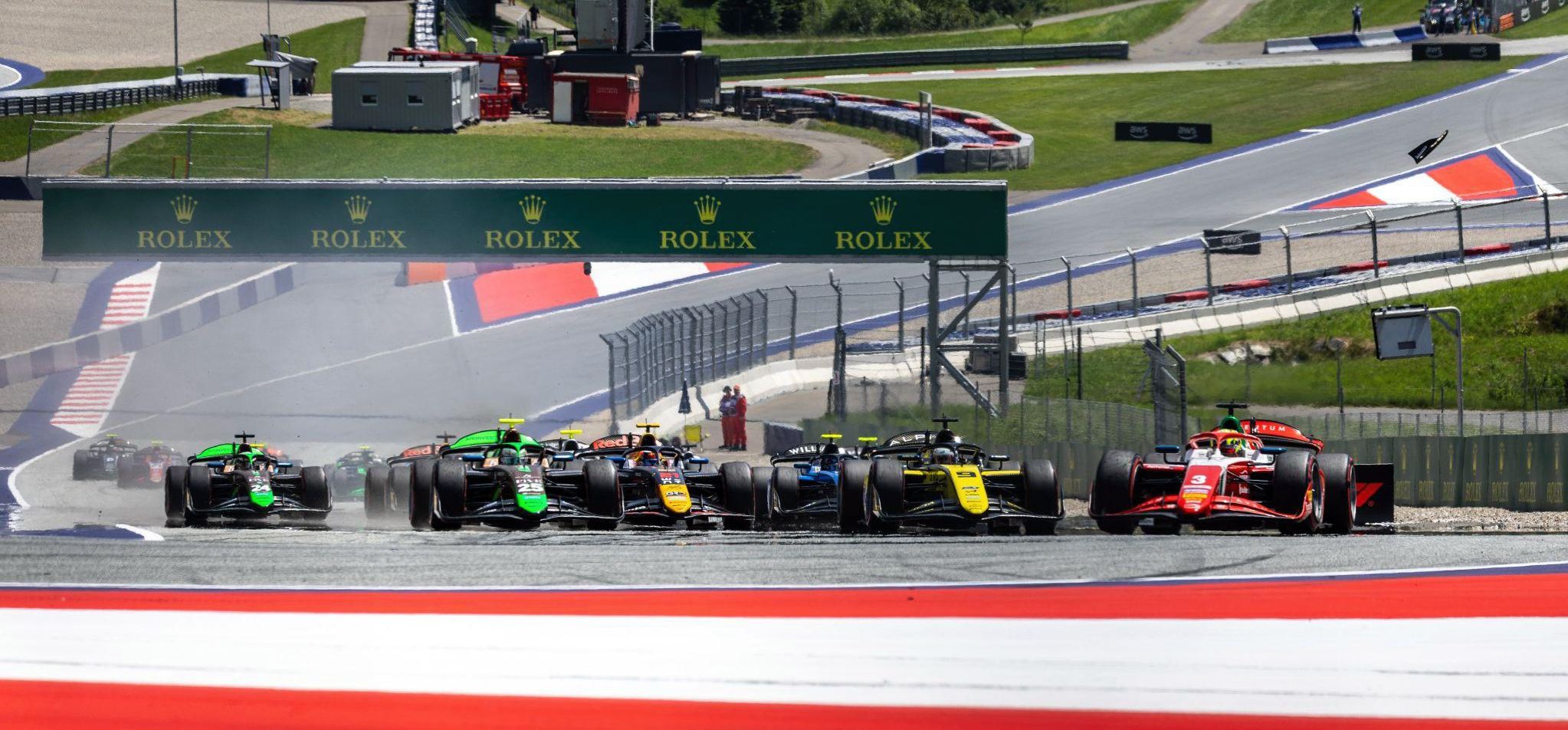
Prema’s Oliver Bearman, on the right, leads the sprint race in Austria
Why qualifying progression mattered so much
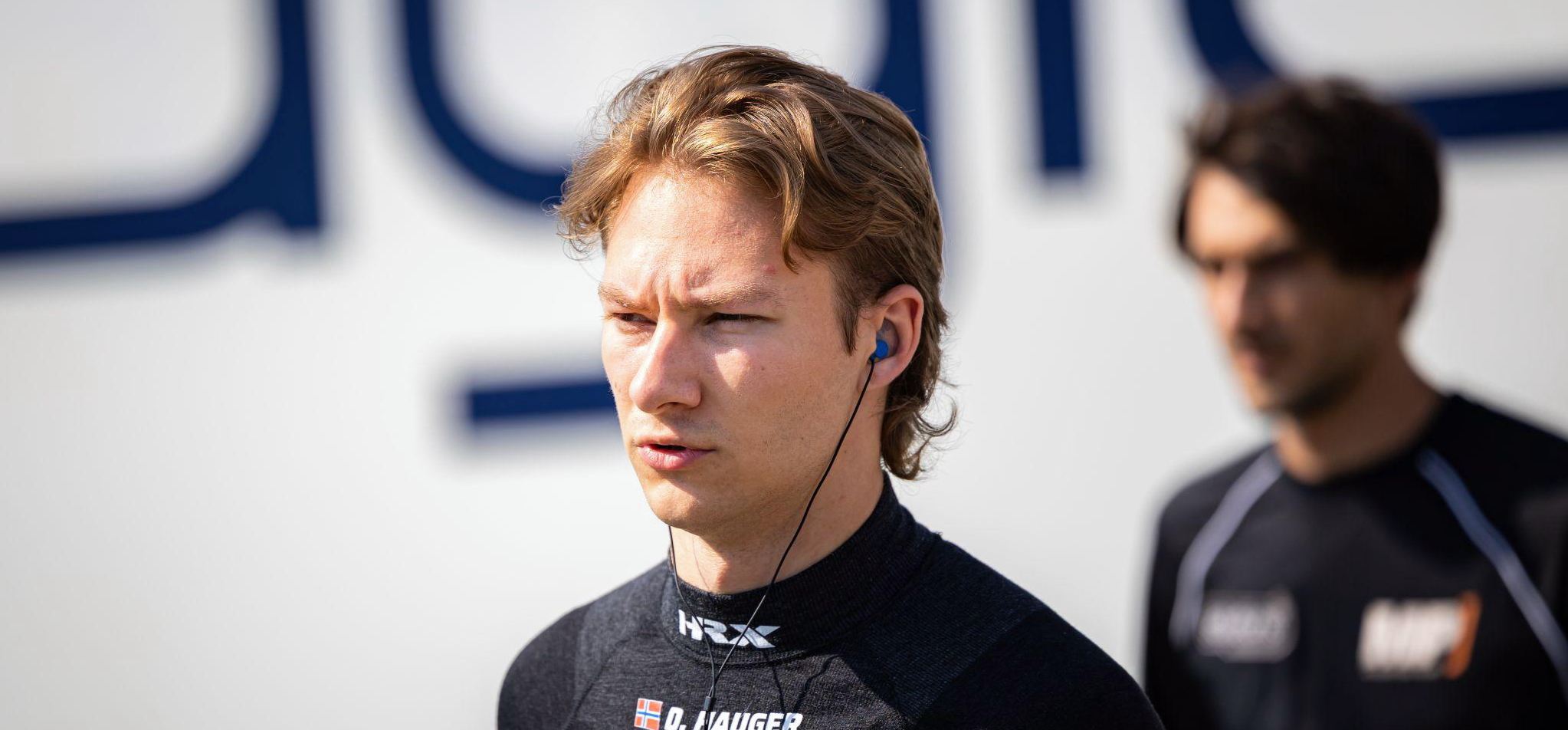
Dennis Hauger (MP Motorsport) who took pole position for the feature race but stalled on the formation lap and had to start the race from the pitlane
The dirty air effect
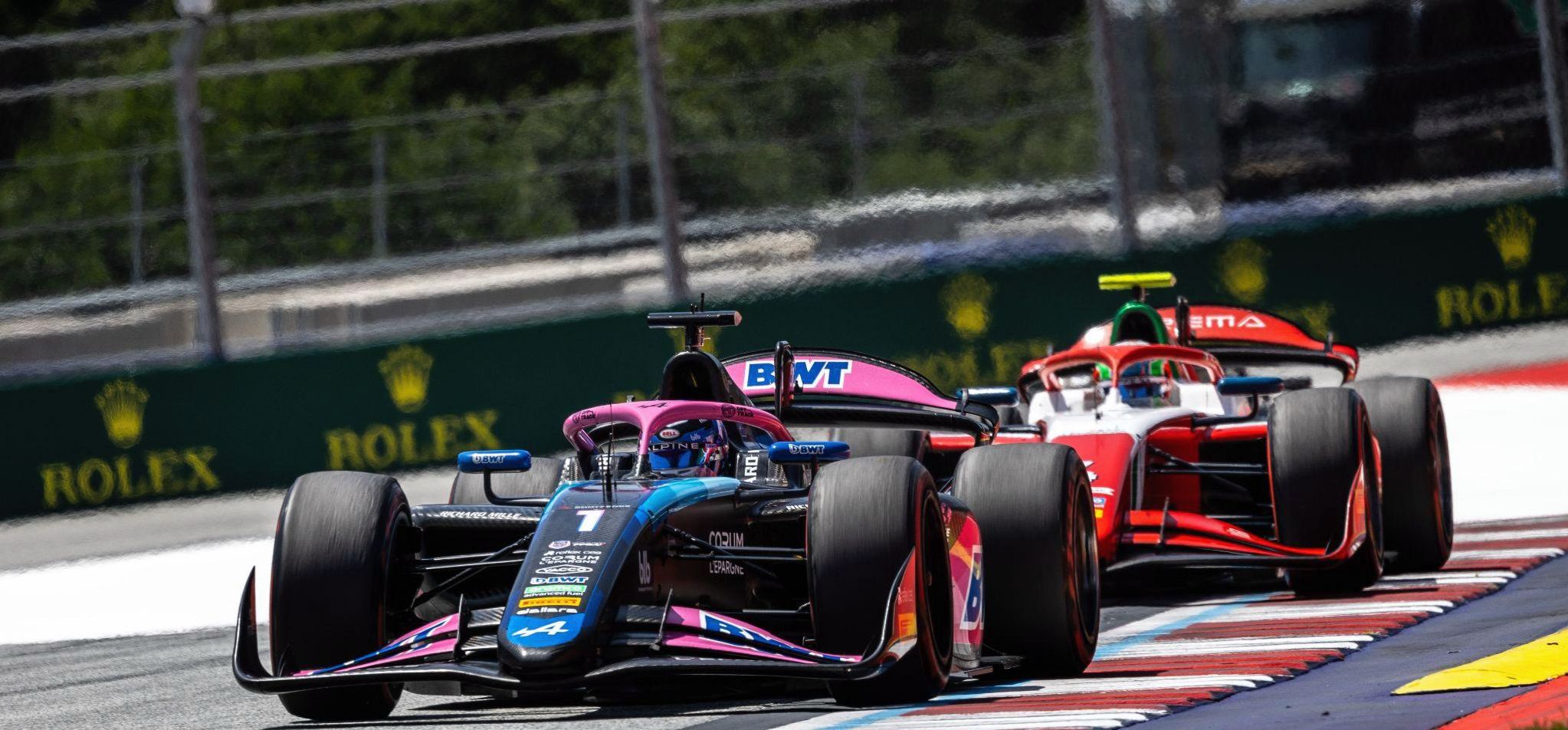
Prema’s Andrea Kimi Antonelli chases ART Grand Prix’s Victor Martins during the sprint race in Austria, where the dirty air effect was pronounced through the circuit’s high-speed corners
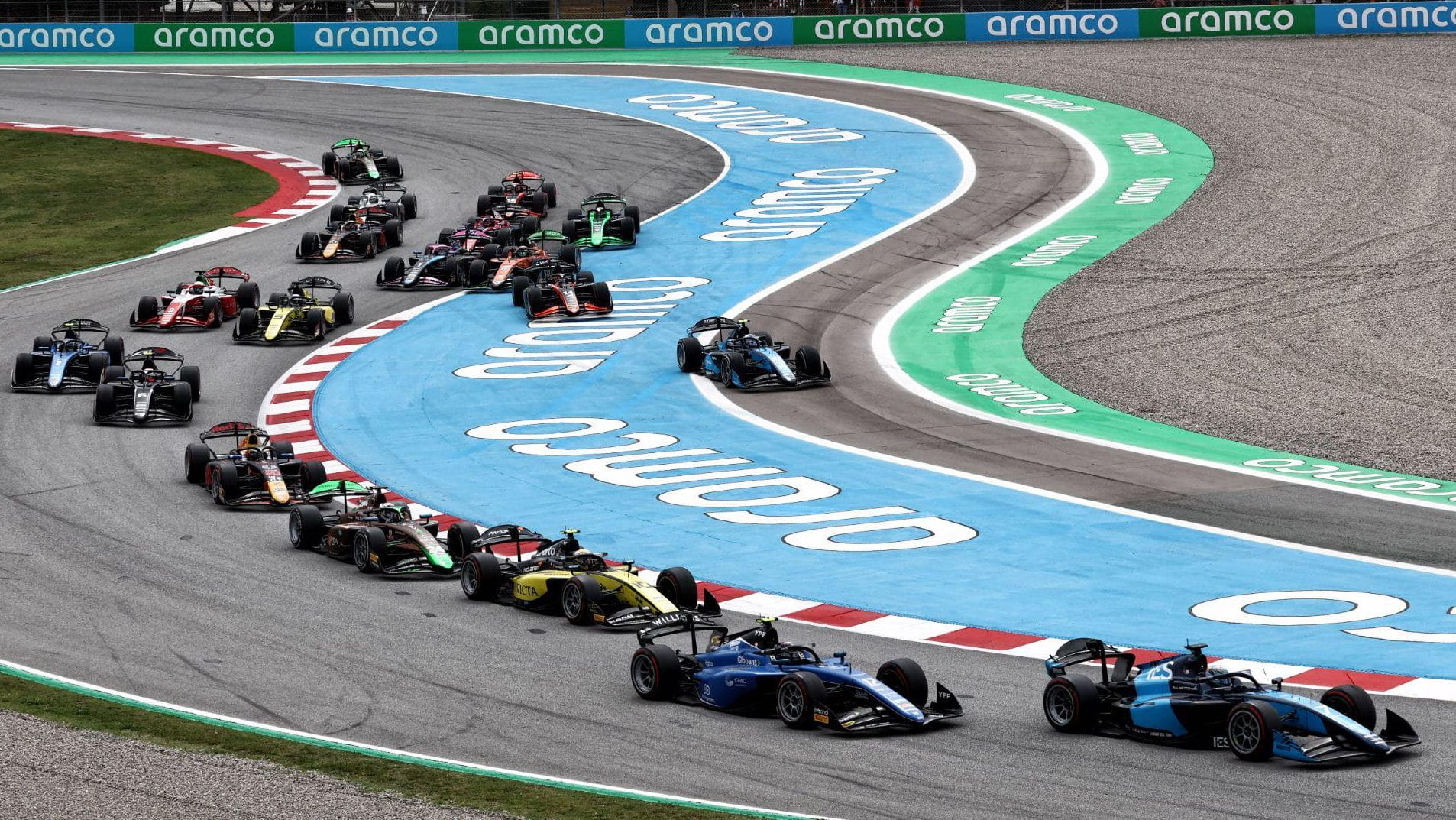
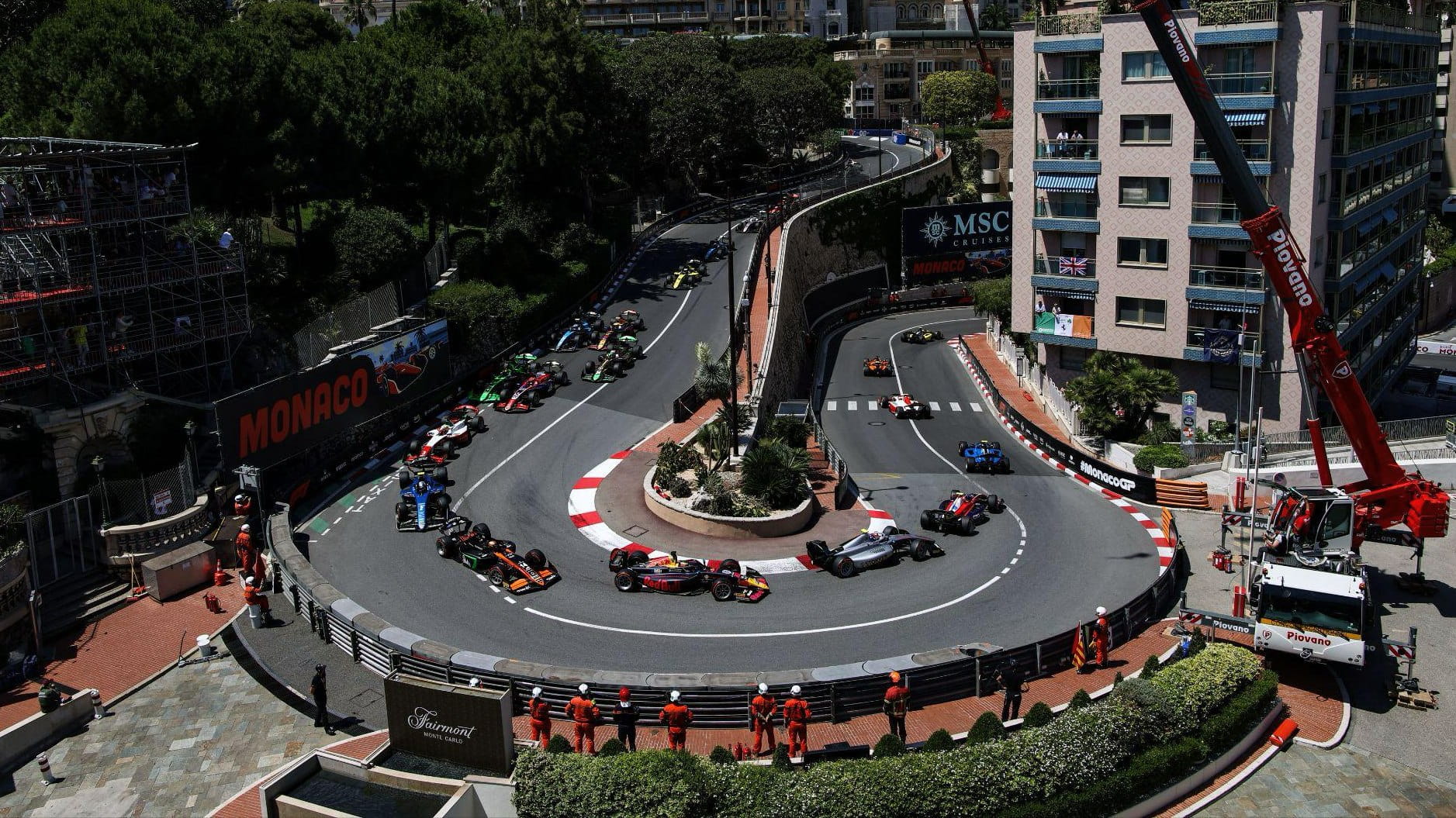
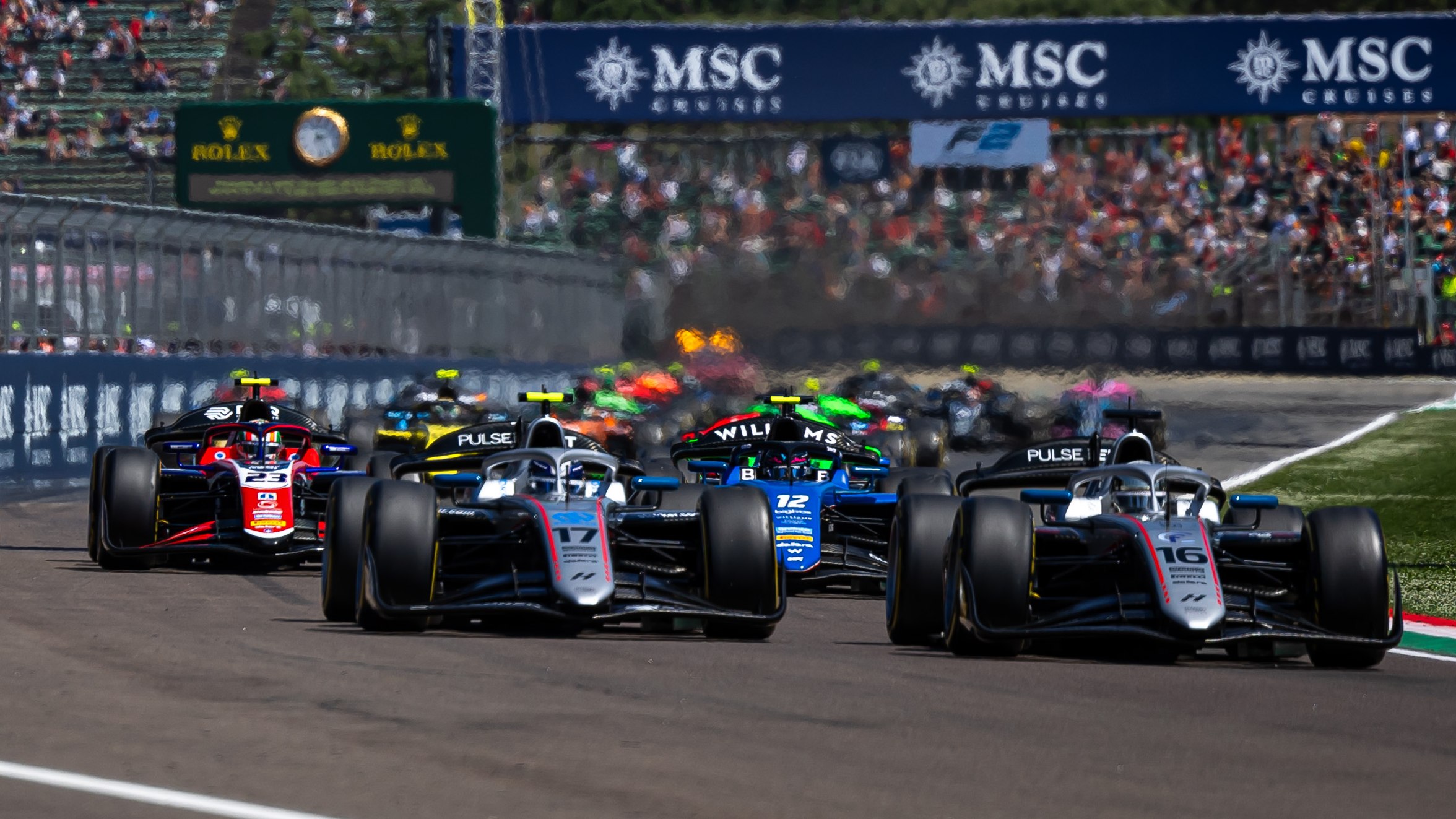
.jpg?cx=0.5&cy=0.5)